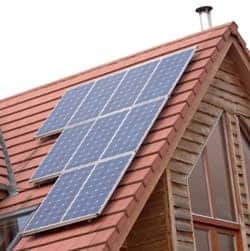I recently came across a great article discussing solar photovoltaic (PV) efficiency. You can read it in its entirety on this website – here’s the gist.

Well, you’ve probably heard of over 40% efficiency in lab tests and space travel, and therefore you think that 15% is just too low to even consider. But perhaps you drive a car; just a typical, average, car. The efficiency is around 15–25%, for a finite resource that pollutes. Should we wait for better?
Maybe you don’t know, but in some ways, you’re similar to a car – you get your energy from fuel too, except your fuel is called food; and guess what? your body’s efficience is about as good as a car’s. Are you a fan of biofuels? Ow man, you really shouldn’t! By now, we already know that there’s many messed up things with biofuels, and traditional ones only go up to 2% efficiency! The much praise algae fuel goes up to 6%. Even photosynthesis, nature’s way of using the solar energy only goes for 6% – so it’s quite remarkable that in a few decades, we managed to outperform nature by a factor of almost 3!
Ok, what the article I told you about doesn’t discuss one thing – it takes a lot to produce efficient solar panels. The high purity silicon and indium are valuable resources, and they’re not that cheap. However, the alternatives also take valuable resources to build – and we’re talking about a ubiquitous renewable energy source.
But if you really want to wait for the next big thing what’s great, and I mean great as in the next big thing – are organic photovoltaics. They have slightly lower efficiency at about 12%, but they’re much more eco friendly, and while expensive at the moment, will go to reasonable prices in just a few years



